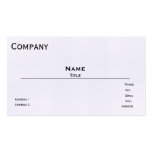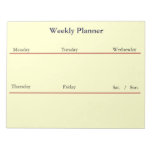Salary
- A professional poker player's pay is determined by his performance, so it's difficult to establish an exact average annual salary. In 2010, the top 20 wage-earning professional poker players took home an average salary of $1.58 million in 2010. This represents the earnings of a tiny group of players at the top of the earnings bracket; the average salary earned among all professional poker players was $15,000 as of 2011.
Bankroll
- The average poker player needs to have enough in his bankroll to serve as insurance against large losses. The consensus on how much a professional player should keep in his bankroll ranges from 200 to 2,000 times the big blind. With a high bankroll, a player can safely play at tables requiring higher blinds and have a better chance at earning more money than players at tables with smaller blinds.
Win Rate
- A player's win rate is expressed as the number of big blinds he wins over the course of 100 hands of poker. Regardless of the monetary amount of the big blind, a professional player aims to win the equivalent of at least six big blinds over 100 hands. An excellent win rate is 10 big blinds per 100 hands. If a player is sitting at a table with a big blind of $5, he should aim to take in at least $30 every 100 hands.
Cost of Playing
- Professional poker players are responsible for finding their own gambling opportunities. Unless the player has sponsorship help, part of his salary goes to expenses like the tournament buy-in cost. The buy-in amount is fairly proportional to the amount the player can win. Online tournaments can have buy-in costs of $5 or less. A legitimate live tournament may cost $1,000 or more to enter. Buy-in costs for World Series of Poker events can be as much as $10,000, but the prize money is generally greater than $1 million. The player could also be responsible for travel expenses.
______________________




 Eggshell (Textured) Business Card
Eggshell (Textured) Business Card



No comments:
Post a Comment